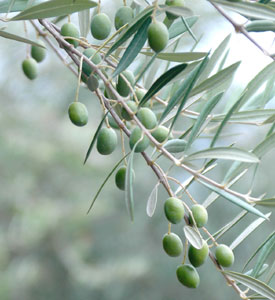Coconut Palm
Coconuts are part of the Arecaceae family (ie palm family) and is the only accepted species in the Cocos genus. The Coconut tree is a large palm tree that can grow up to 30 metres tall, has pinnate leaves that are about 4 to 6 metres long, and pinnae at 60 to 90 cm long. Its old leaves break away cleanly and leave the trunk smooth. The word coconut can refer to the coconut palm, the fruit, or its seed.
The coconut palm tree is grown throughout the tropics for ornamental purposes, as well as culinary and non-culinary purposes. Every part of the coconut palm can be used by human beings in some manner, making it one of the most important palm trees in the world.
Coconuts have spread around tropical areas, most likely aided by seafarers. The fruit of the coconut palm tree is bouyant, light, and highly water resistant. It hs evolved to disperse itself in signficant distances via marine currants. In fact, fruits have been collected from the sea as far north as Norway!
In Hawaii, the coconut is thought to have been introduced by the Polynesians. Polynesian voyagers first brought the fruit to the Hawaiian islands from their homes in Oceania, and can be found between pretty much everywhere between 26°N and 26°S except for the interior areas of South America and Africa.
Coconuts were spread to Europe via Portuguese explorers such as Vasco da gama who brought them from India. As coconuts are brown and have a hairy surface, it reminded them of a ghost or a witch called Coco. Marco Polo gave the coconut the name, nux indica, in 1280 when he was in Sumartra. Back then, the Arabs called the coconut jawz hindī. Both names translate to “Indian nut” and when they arrived in England, they retained the “coco” name and “nut” was added. However, botanically speaking, they are not nuts.
Kerala in India is a state also known as the “Land of the Coconuts”. This is because “Kera” means coconut tree and “Alam” means place or earth. It is no surprise that Kerala is dubbed the “Land of the Coconuts” as Kerala’s famous beaches and backwaters are fringed by coconut trees. In addition, coconuts have formed a part of the Keralese daily diet, where its oil is used for cooking, and its coir used for decorating and furnishing.
The flowers of the coconut palm tree are polygamomonoecious, which means both female nad male flowers are in the same flower. As a result, flowering occurs continuously. Coconut palms are cross-pollinated, although some dwarf varieties of coconut palms are self-pollinating. The coconut meat that people ea tis actually an edible endosperm. Inside this endosperm layer is an edible clear liquid that is either sweet, salty, or both.
In Malaysia and Thailand, trained pig-tailed macaques are actually used to harvest coconuts. There are training schools for pig-tailed macaques that still exist in southern Thailand and Kelantan state in Malaysia. Competitions are held annually to find the fastest harvester.




